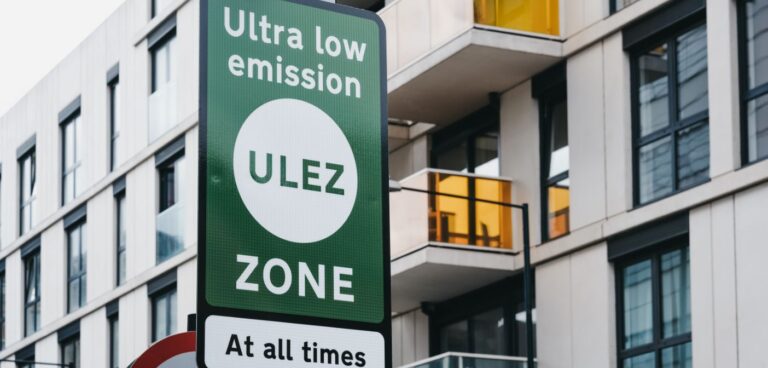City Hall has released a report on the first year of the Ultra Low Emission Zone (ULEZ) expansion to inner London, which it says has had a ‘transformational impact’ on emission levels and air pollution.
The report shows an increase in the share of ULEZ-compliant vehicles on London’s roads.
The City Hall report was peer reviewed by Dr Gary Fuller from Imperial College London.
City Hall highlighted that around 4,000 Londoners die prematurely every year due to toxic air, though it claims that the ULEZ and Low Emission Zone (LEZ) schemes are having a transformative impact on harmful air pollution.
Sadiq Khan, mayor of London, said: “The evidence from this landmark report is clear – the ULEZ works.
“It has already reduced toxic air pollution by almost half in central London and by over a fifth in inner London, transforming the quality of air for four million Londoners.
“Toxic air is a matter of life and death, with around 4,000 deaths in London attributed to air pollution in 2019.
“It’s also stunting the growth of children’s lungs and causing people to develop life-changing illnesses, such as cancer, lung disease, dementia and asthma.
“With the majority of deaths attributable to air pollution in outer London, it’s vital that we expand the ULEZ London-wide.
“As mayor, I simply won’t accept that the five million people in outer London shouldn’t be able to benefit from the same life-saving health impacts that ULEZ has already brought to the rest of our city.
“Everyone has the right to breathe clean air.”
The ULEZ was introduced in central London in 2019 and expanded to inner London in October 2021.
Within its first 10 months of operation, the central London ULEZ reportedly helped reduce road transport nitrogen oxides (NOx) emissions by 35% and CO2 emissions by six percent within the zone.
According to City Hall, the report shows that the ULEZ expansion has built on these benefits, with harmful nitrogen dioxide (NO2) levels 46% lower in central London and 21% lower in inner London than they would have been without the scheme.
What’s more, thanks to the expansion of the ULEZ in inner London, NOx emissions have fallen by 23% (13,500 tonnes) across London cumulatively since 2019, compared with what they supposedly would have been without the ULEZ.
The number of older, more polluting vehicles in the zone has also continuously decreased, dropping by 60% since October 2021, which represents an average daily reduction of 74,000 polluting vehicles.
Overall, there were nearly 50,000 fewer vehicles seen in the zone on an average day, signalling a reduction of almost five percent compared to the month before the zone was expanded.
Christina Calderato, director of strategy and policy at TfL, said: “This report is further clear evidence that the ULEZ is highly effective and does what it is designed to do, protect Londoners’ health and significantly reduce pollution.
“It is great to see that significant numbers of people have moved away from older, more polluting vehicles and some of the most deadly emissions have been cut by a quarter.
“With London still exceeding WHO guidelines and those in outer London disproportionately suffering as a result of the capital’s filthy air, there is no stronger case to support the zone covering the whole of the city.
“We are also cleaning up our fleet with around 900 buses zero emission and through our licensing requirements more than 40% of the capital’s black cabs are now running on electric.
“We know that ahead of the ULEZ expanding in August some people will need help making the green transition, which is why we have introduced new grace periods for disabled people and made £110m available to charities, smaller businesses, disabled Londoners and those on low incomes to scrap their vehicles that don’t meet the standards.”





